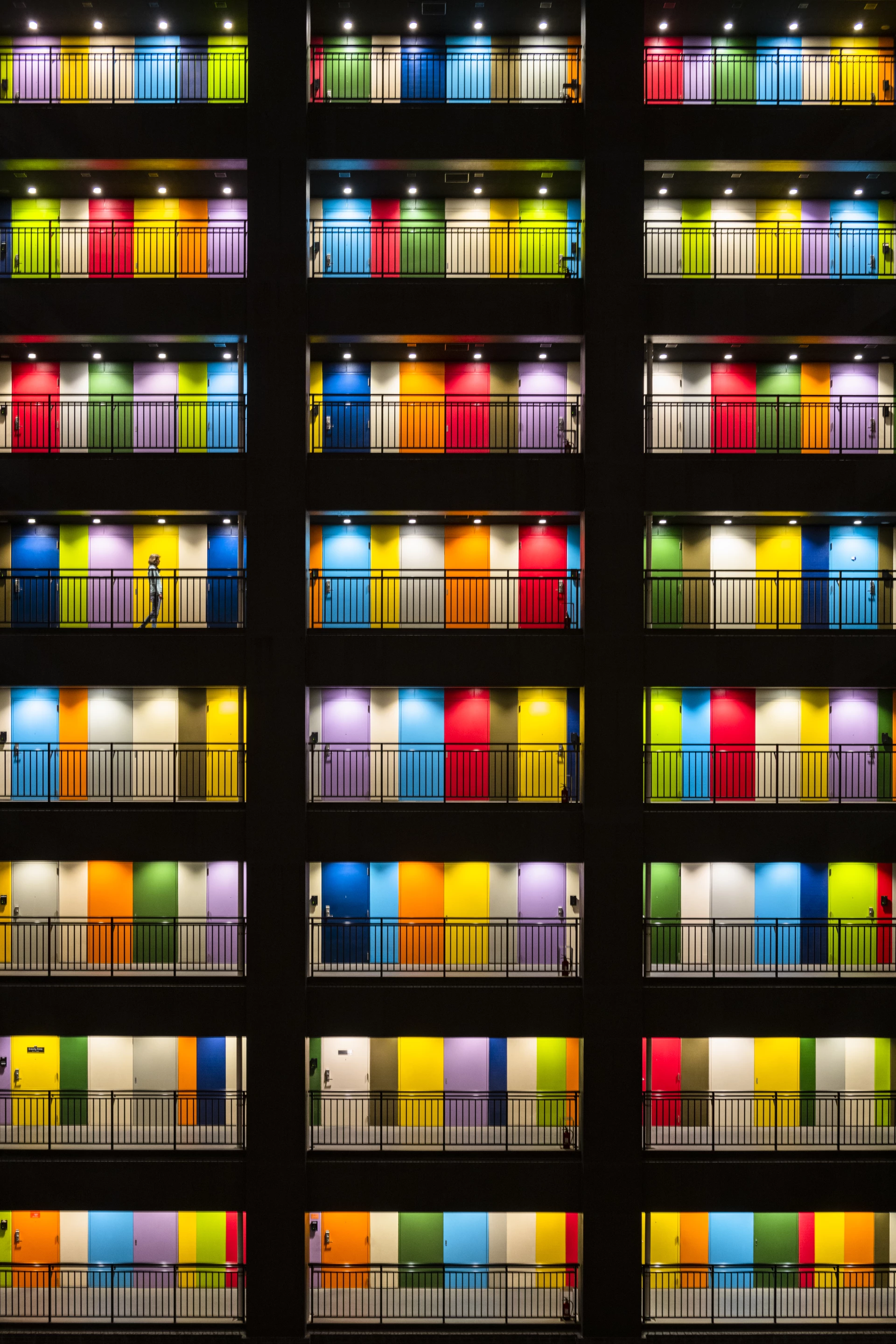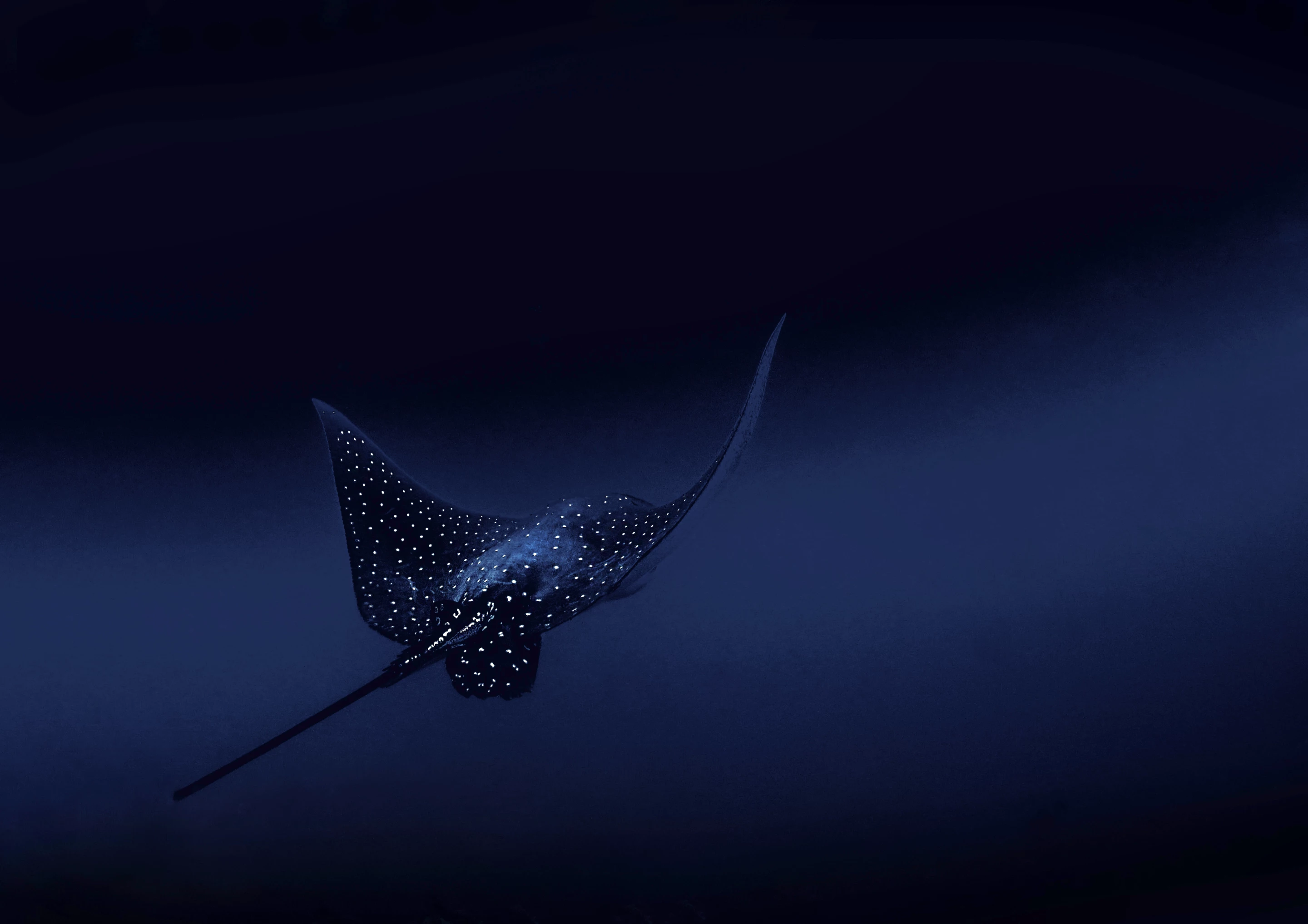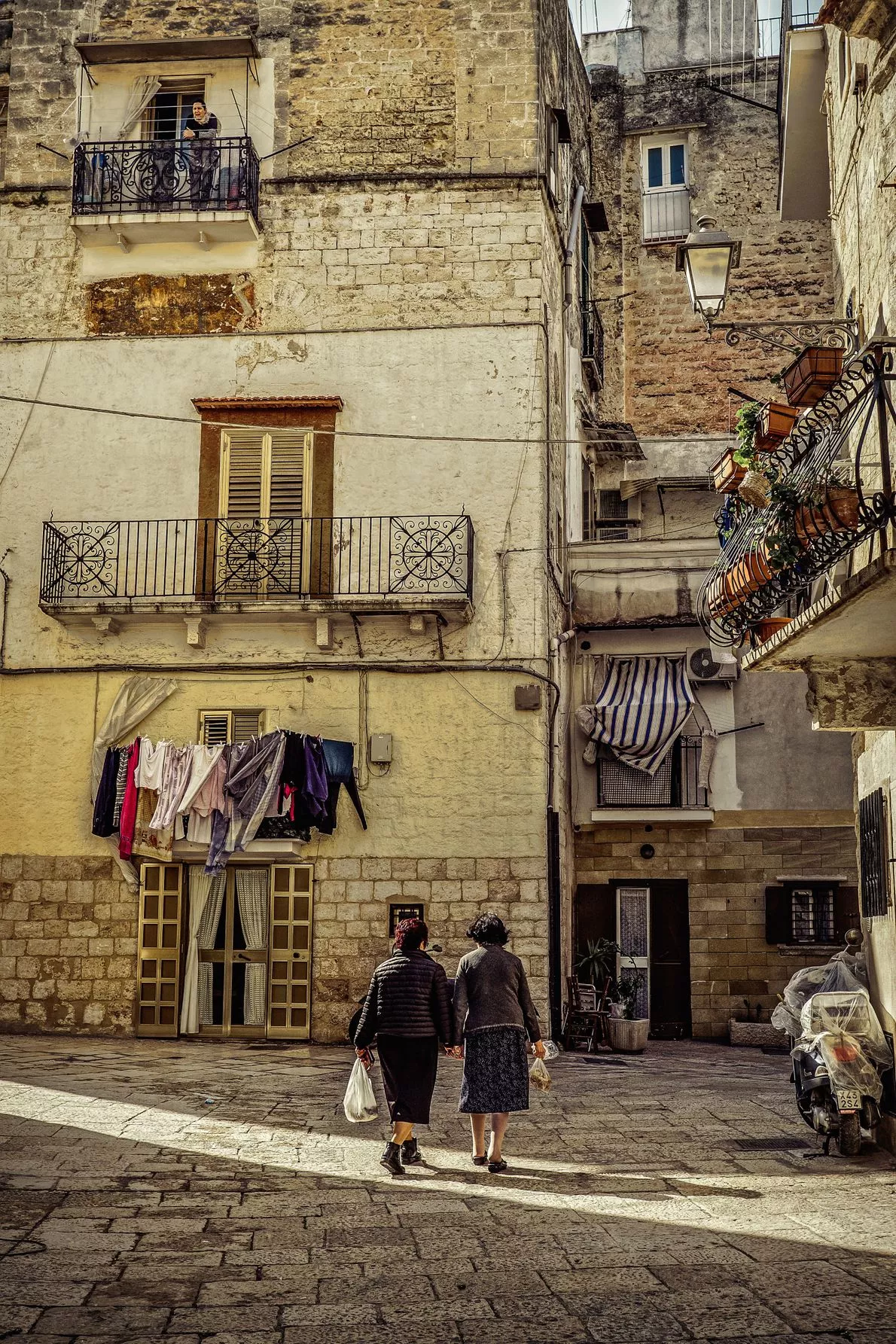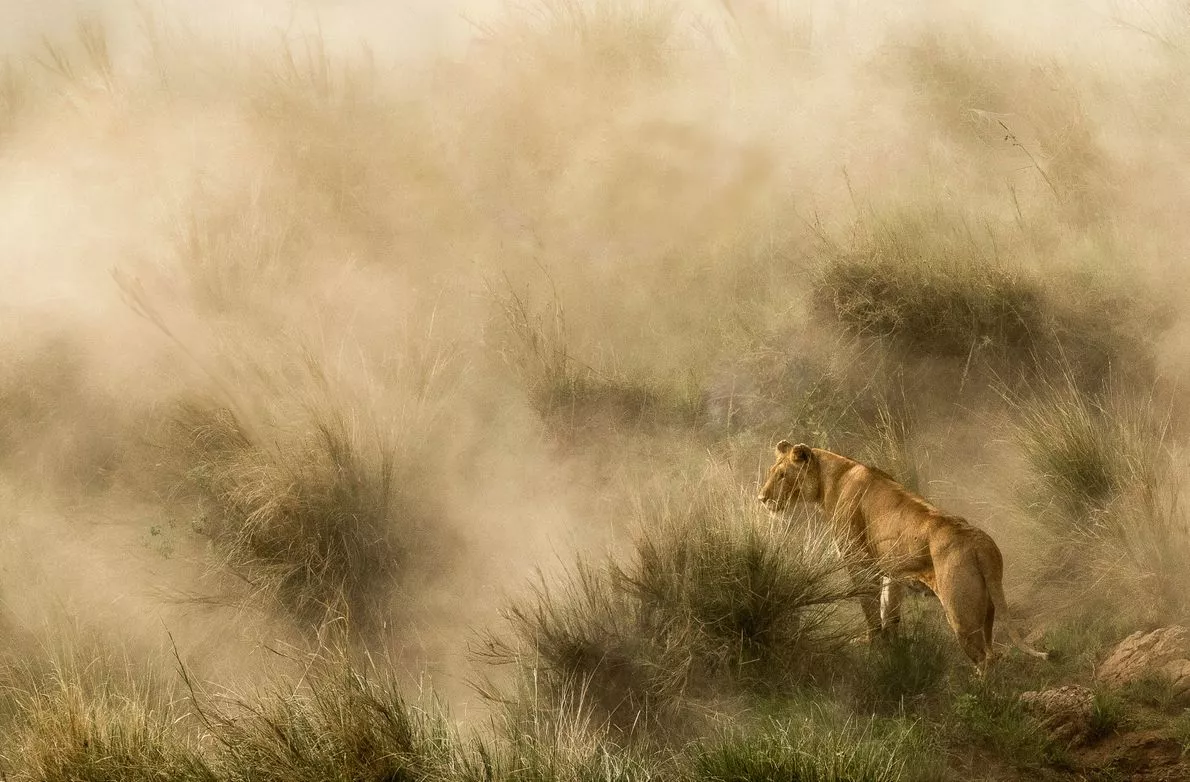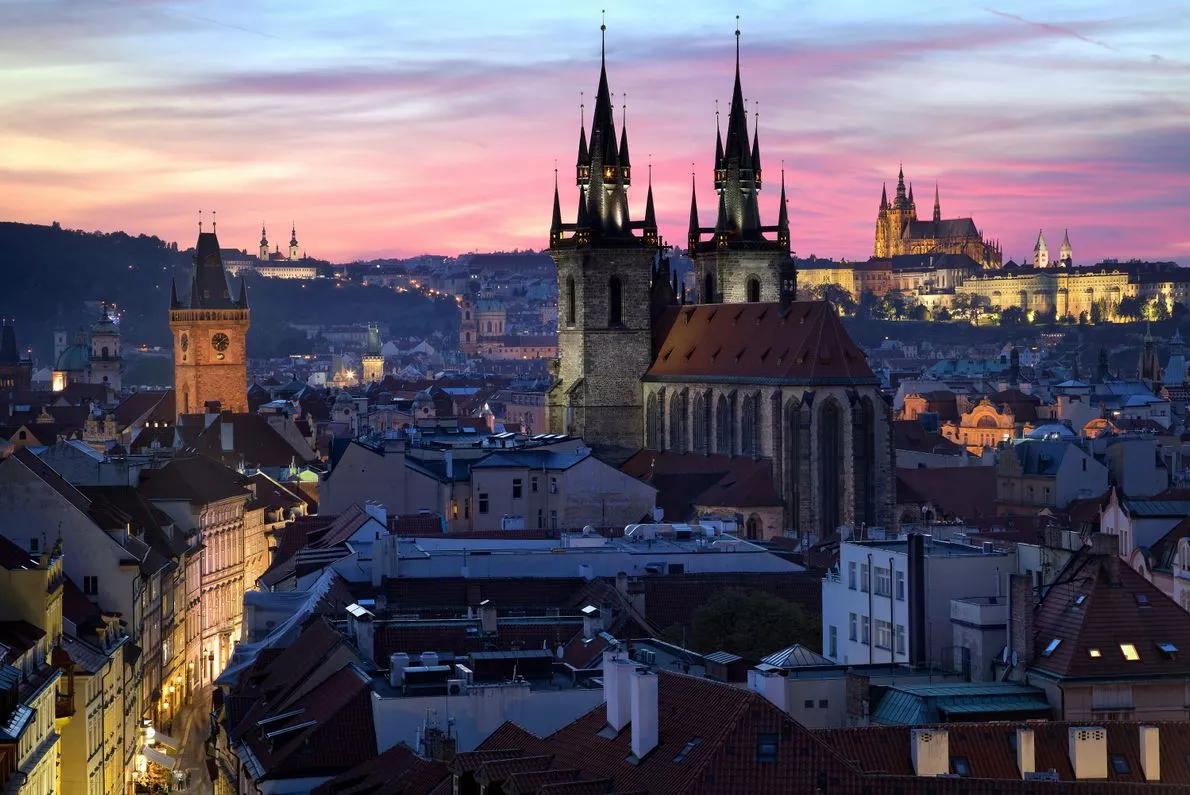From an energetic Pacific island celebration to a colorful apartment block in Tokyo, the winners of this year’s National Geographic Traveller Photography Competition celebrate the best photographic talent in the United Kingdom.
“While the coronavirus pandemic has greatly affected our ability to travel, our desire to see the world is nevertheless undiminished,” says Pat Riddell, editor of National Geographic Traveller (UK). “This year’s competition is a window on the world we hope to explore again as soon as it’s safe to do so, and is a reminder of the power and emotion that travel photography can capture.”

The contest has been running since 2011 and spans four very straightforward categories: Cities, Landscapes, People, and Nature. This year the competition received over 4,500 entries.
The overall grand prize, and People category winner, in 2020 went to a shot taken on Ua Pou island in French Polynesia. Hadriel Torres’ captured this lively celebration during a local festival held on the remote Marquesas Islands.
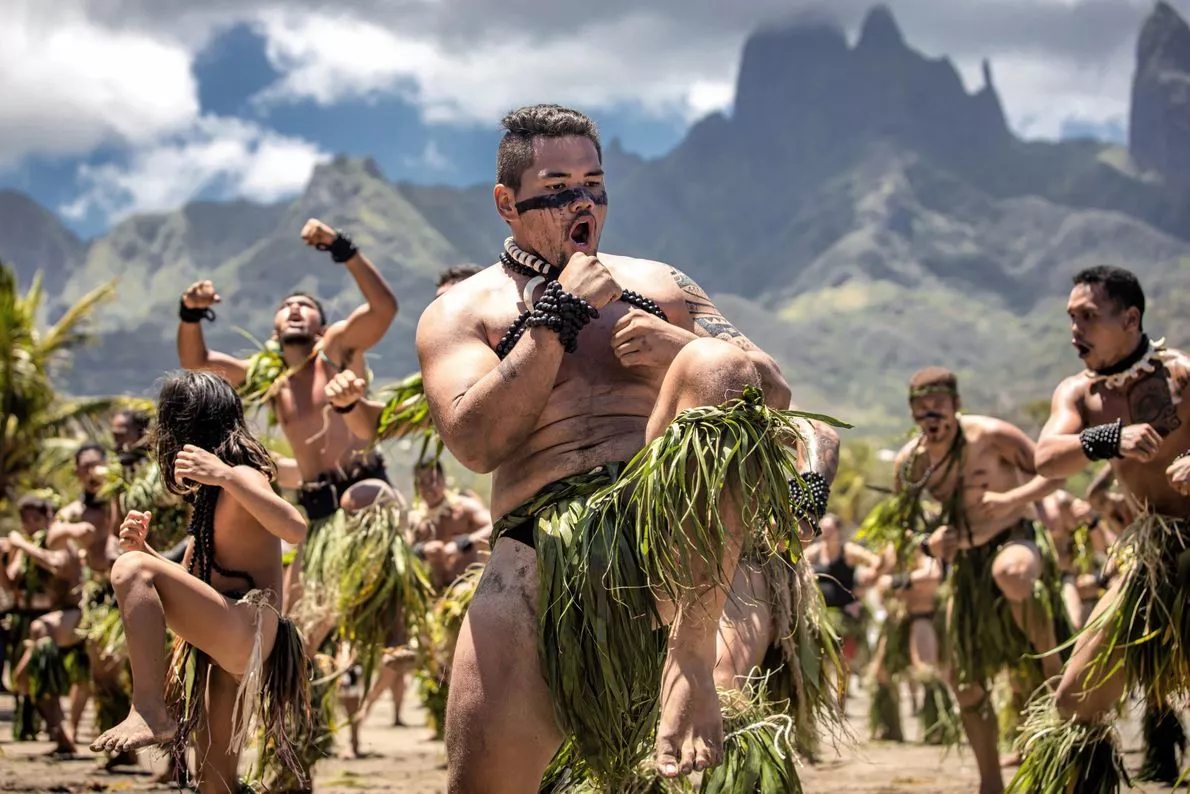
“The energy captured here is electric, and the details – from the faraway rock towers to the tensed, raised limbs and ceremonial accessories of the performers – show masterful composition and technical ability,” the judges write in a statement. “The sense of place is powerfully conveyed.”
Top prize in the Nature category went to a beautifully rich shot of a spotted eagle ray off the coast of Costa Rica, while an impeccably composed view of the colorful Soho building in Tokyo took top spot in the Cities category. A particular highlight is Annapurna Mellor’s Landscapes-winning shot of the Thiksey Monastery in Ladakh, India.
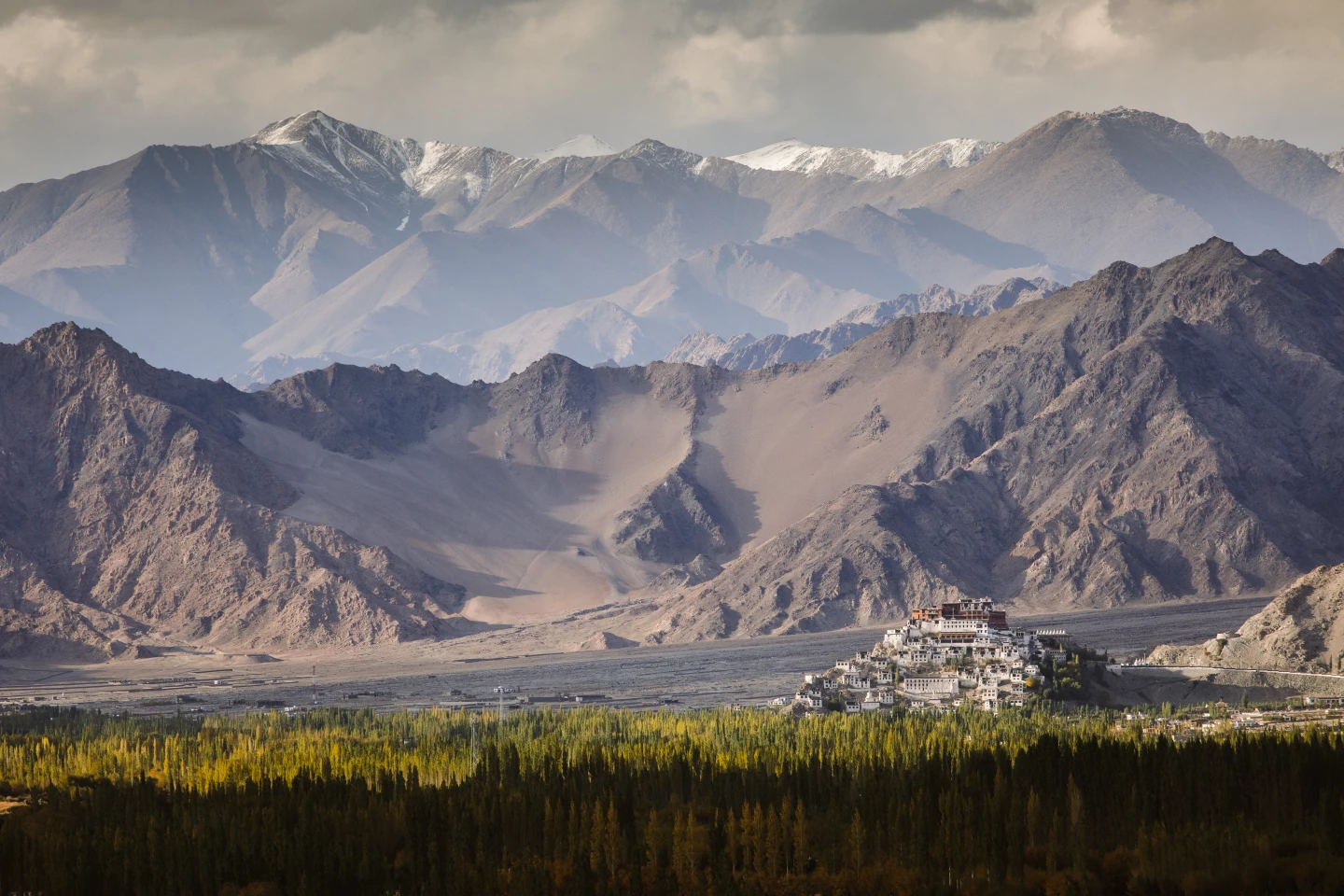
“The depth of this image is terrific: you can keep looking into it and finding new levels,” note the judges. “I want to be there, experiencing that view, and that’s what landscape photography is all about.”
Take a look through our gallery at all the winners and finalists in this year’s competition that provides a tantalizing taste of the spectacular sights on offer around the globe at a time when many of us are stuck at home.
Source: National Geographic UK

